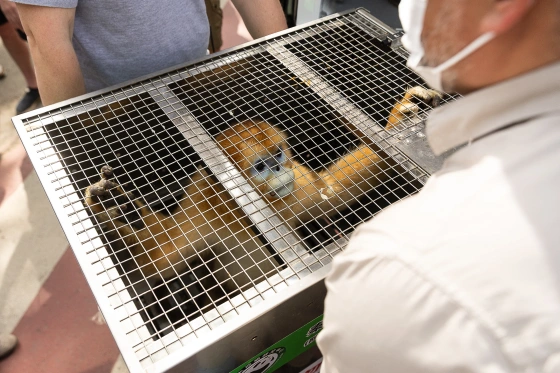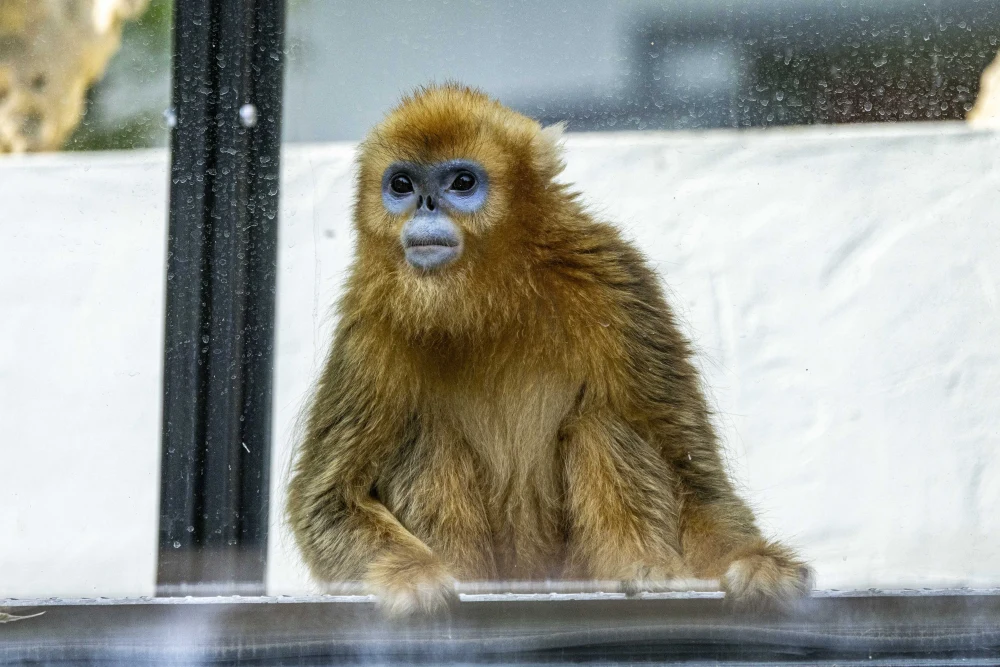With their fiery orange fur, pale blue faces, and thick coats built for cold mountain air, China’s golden snub-nosed monkeys are unlike any other primate on Earth — and now, they’re stepping onto the global stage.
For the first time, these endangered monkeys — native to the misty forests of central China — have arrived at European zoos under a 10-year loan agreement approved by China’s central government. The program is managed by the same conservation body that oversees the country’s long-running “panda diplomacy,” signaling what some see as its natural evolution.
Three golden monkeys — Liu Yun, Lu Lu, and Juan Juan — arrived at Belgium’s Pairi Daiza zoo in May, following another trio sent to France’s Beauval Zoo in April. Their arrival marked major diplomatic milestones: the Belgian partnership celebrates new conservation collaboration, while the French exchange coincided with the 60th anniversary of diplomatic relations between France and China.
After a quarantine period, both groups made their public debut. The zoos report that the monkeys are adjusting well, exploring their new habitats filled with traditional Chinese-style pavilions, climbing structures, and ropes.
“The diplomatic aspect comes from this cultural awareness,” said Johan Vreys, spokesperson for Pairi Daiza. Meanwhile, Beauval Zoo’s communications director, Anaïs Maury, noted that the exchanges aim to spark joint research and protection programs “similar to those already in place for pandas.”

Like giant pandas, golden snub-nosed monkeys are considered national treasures, but they also hold deeper roots in Chinese art, mythology, and literature — most famously reflected in the legendary Monkey King from Journey to the West.
Experts say these new animal exchanges may serve as a softer form of diplomacy at a time of strained global relations. However, some ethicists caution that while such programs benefit conservation science, they can cause stress for individual animals being transported or separated from their offspring.
Still, within China, protection efforts are showing promise. At Shennongjia National Park in Hubei, conservation measures since the 1980s have tripled the monkey population to around 1,600 individuals.
While golden snub-nosed monkeys may not yet rival the panda’s international fame, scholars like Susan Brownell of the University of Missouri–St. Louis believe they could become the next global symbol of China’s wildlife diplomacy — combining ecological cooperation with cultural storytelling.
As historian James Carter of Saint Joseph’s University put it: “Pandas gave the world a reason to smile at China. Maybe the golden monkeys will do the same.”
